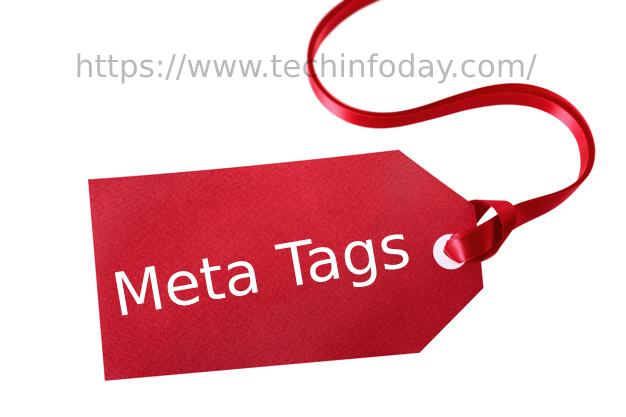Title tags continue to play an important role in on-page search engine optimization, but they are no longer as critical as they used to be. Your most important SEO contribution may be the impact of SERP clicks. As you apply best practices to your title tags, your CTR should increase accordingly.
Table of Contents
Header Tags
Heading tags are used on websites to isolated sections of content and establish visual hierarchies. They go in the order of track 1 (H1), from channel 2 (H2) to track 6 (H6). These types of tags don’t appear in SERPs, but they are essential in calculating your page’s ranking.
In the past, it was optional that each page only has one H1 tag (as with titles). Though, this no longer the case if you use HTML5. This latest version of the markup language removes some limitations and gives search engines much more contextual information they can trust.
HTML5 allows you to create multiple H1s per page by adding article tags. You can now divide a page into various “articles”, each with a unique title tag that tells search engines that these sections can treated as separate.
How Important Are Heading Tags for SEO?
Heading tags continue to play an important role in structuring content for usability and SEO. The change above to H1 tags using HTML5 also means that you will have less worry about your on-page SEO audit. It is important to remember that heading tags should organize content to make sense to the reader. If your visitors can easily scan your content and understand what your titles are about, a search engine can likely do the same. Finally, should be noted that a good structuring of your content can also help reduce the bounce rate, as this will contribute to a better user experience. This does not directly affect your SEO, but it is always a good advantage.
Blog Post Tags
Blog post tags are not part of HTML; they organize blog posts in your content management system (CMS).
Categories provide a similar CMS-based way to manage your blog posts. Usually, you want to divide your posts into a few broad categories and then choose more flexible or specific link tags. For example, if you blog about clothing, you can set shirts and pants as categories. Then you can use tags for blue or brown items regardless of their parent category.
While each CMS treats tag and category output differently, it’s always a good idea to thoroughly organize your content. If you take the time to make logical relationships between tags and categories, search engines are more likely to make the same semantic connections.
Finally, it is important to remember that blog tags and categories do not affect on-page SEO in the same simple way that titles and headings do
How Important are Blogpost Tags for SEO?
Blog post tags do not directly affect SEO. Rather, they play a bigger role in semantic optimization, which is more open to interpretation than normal on-page SEO.
Simply put, blog post tags (and categories) add an internal link to your website. They allow you to establish a hierarchy on your website that will improve navigation and help search engines identify what site is about.
Even if you use tags and categories to create a great structure, if you want to improve your SERP ranking, you should optimize each page’s content using best practices.
Finally, be careful not to abuse your categories and tags, as this can lead to an even more confusing user experience. While the tags in question may not directly affect SEO, a bad user experience is sure to lead to worse results.
Tags Are an Important Part Of SEO. Please Don’t Ignore Them
Title and heading tags are still vital to a solid SEO campaign. On the extra hand, post tags and categories don’t work the same way, making identification a bit difficult. However, they are still essential to developing a good user experience, which is almost always beneficial from an SEO perspective. The more systematized your website is, the more visitors it is likely to attract.
Top Meta Tags for SEO in 2021
Title tag
Meta description
Canonical label
Alternative text name
Robot meta tag
Open Chart Meta Tags and Twitter Cards
Header tags
Responsive design meta tag
You can use these meta tags to improve the SEO of your website.

